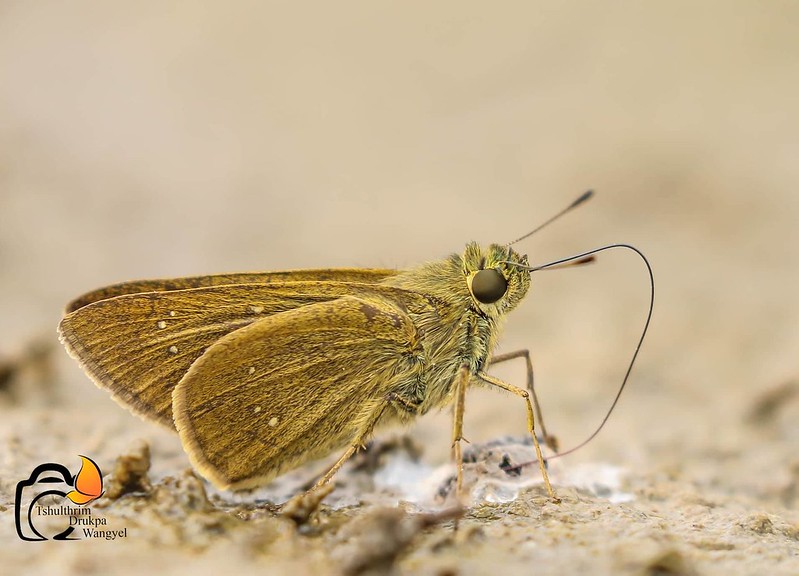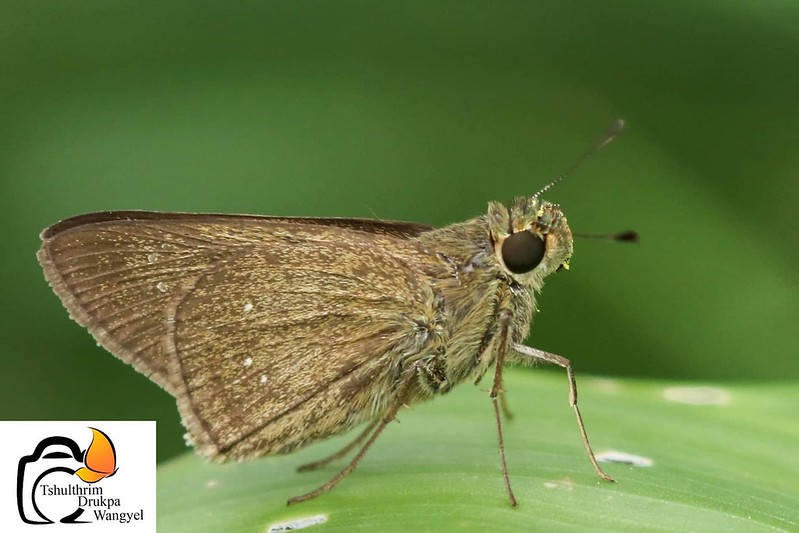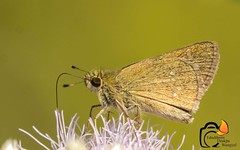ID Correction
5 is likely to be dsf Onryza maga . It is the most northerly species & Bhutan is next door to China.
The 3 large subapical spots also resembles it closely.
THe other two have a different look.
https://wingscales.com/Hesperiidae/Onryza-siamica
https://www.thaibutterflies.com/Butt...ryza-meiktila/
TL Seow: Cheers.




 Reply With Quote
Reply With Quote







